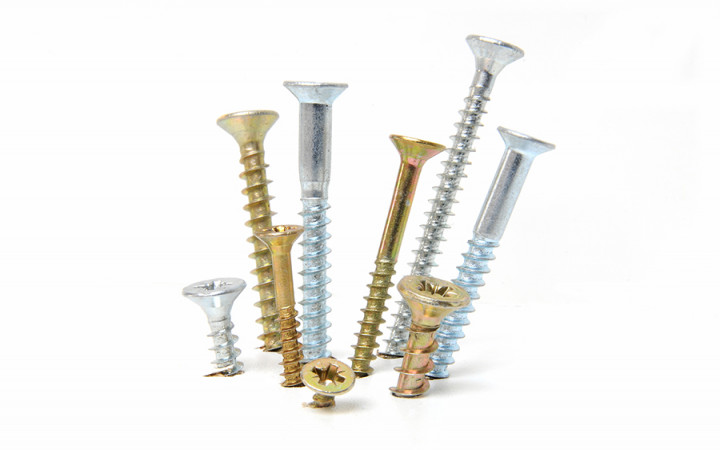Today’s Wonder of the Day was inspired by Pam from Algonquin. Pam Wonders, “Why is righty "tighty" and lefty "loosey" and not the other way around?” Thanks for WONDERing with us, Pam!
Whether it's Christmas or your birthday, there's nothing quite like unwrapping presents to reveal the boxed item hiding underneath the pretty paper. While you're looking at the pictures on the box, your parents may be searching for those three dreaded words they don't want to see: some assembly required.
From a parent's perspective, there are few things more than having to tell a child that he or she will have to wait to play with that new toy. How long will the wait be? That depends upon how long it takes to read all the instructions and complete the "some assembly" that's required.
Delayed gratification isn't limited to new toys, though. If you've ever purchased a new bookshelf or home entertainment center, then you know that sometimes these products require a lot more than "some" assembly.
One tell-tale sign of how much of a headache assembly will be is the presence of special tools and bags upon bags of hardware, such as screws, bolts, and nuts. Is all of that stuff even necessary?
In the case of screws, they're probably quite necessary. Screws help to hold things together, such as pieces of wood or metal. Compared to ordinary nails, screws provide more strength and holding power. They also form a tighter seal. Plus, unlike nails, they can also be removed fairly easily.
You've probably never given much thought to screws, but they're actually important machines. A machine? That's right! The screw is considered to be one of the six simple machines.
How is a screw a machine? If you look at a screw up close, you'll notice that it's basically an inclined plane wrapped around a cylinder. The screw's head acts as a lever. As it's rotated, the spiraled incline advances into a surface.
The screws you're most familiar include wood screws, sheet metal screws, lag screws, and nuts and bolts. These types of screws are primarily used to hold materials together. However, there are many other types of machines based upon the screw.
For example, the faucets in your kitchen and bathrooms use screws to control access to water. Faucet handles are like the head of a screw that rotates to move the body of the screw to open or close the valve controlling water flow.
Another example of a screw is a drill bit. The edges of the inclined plane wrapped around the cylinder are super sharp to cut through wood or other materials. If you've ever drilled a pilot hole before screwing a screw into a piece of wood, did you realize you were using a sharp screw to create a hole for a different kind of screw?
Some other machines based upon the screw include boat propellers and electric fans. Although they might not look like screws at first glance, their blades are inclined planes that are mounted to central shafts!
Likewise, that lid you just screwed onto the top of a jar? It's a screw, too! It's a wide version of a screw similar to a nut and bolt combination.




